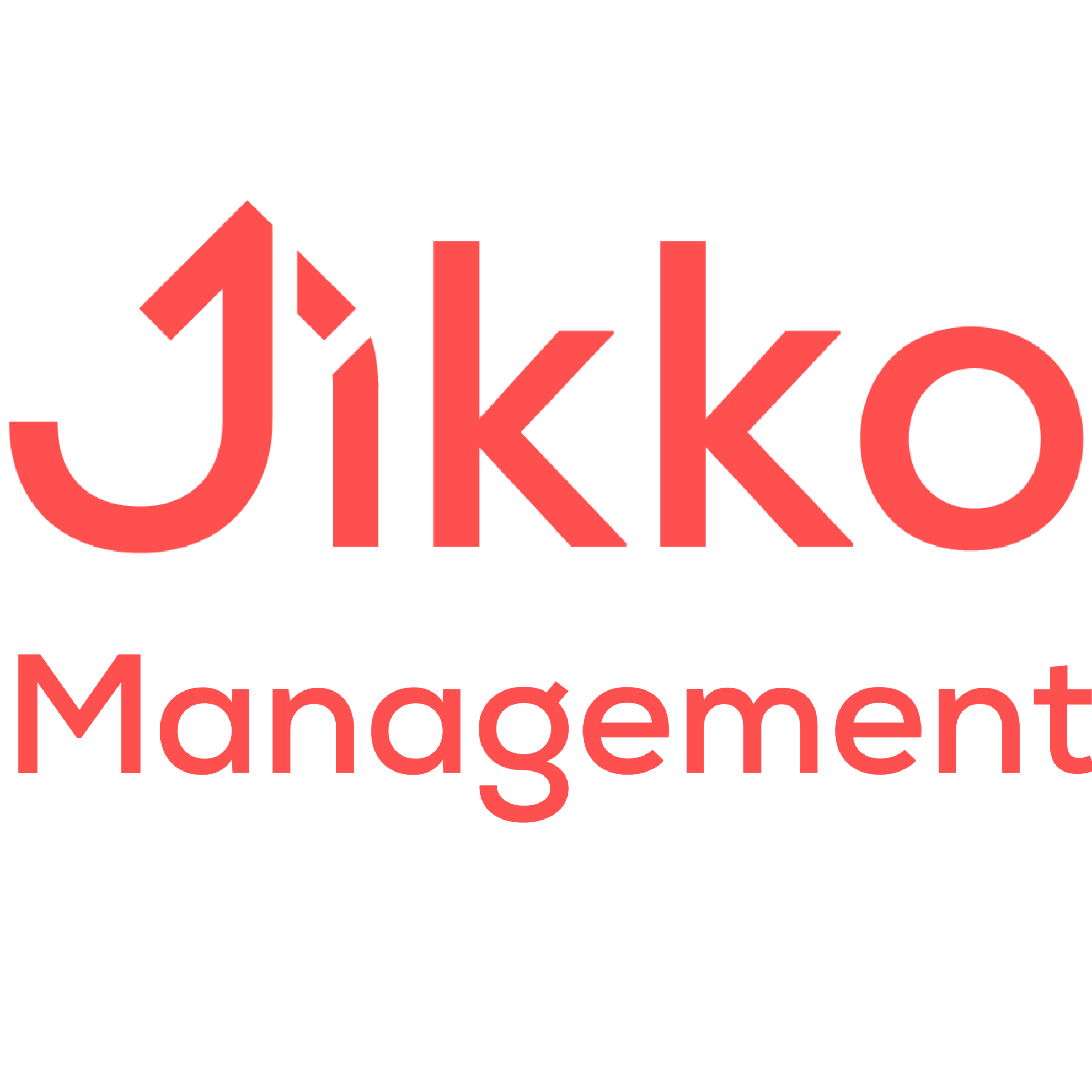6. Costs
Cost tracking is essential for efficient financial management and informed decision-making. It provides managers with a clear view of financial health, allowing them to take proactive measures to enhance performance.
José Miguel Salazar Dávila
Last Update há um ano
The Cost module of JIKKO Management provides a detailed and real-time insight into production costs. With accurate reports and breakdowns, it facilitates strategic decision-making by comparing estimated and actual costs, allowing proactive adjustments. Integrated with inventory management and production planning, it offers a holistic view to enhance efficiency and profitability.
To access this section, expand the "Modules" menu from the sidebar in JIKKO Management. In the "Order Management" section, you will find the "Costs" category. This environment provides crucial information about production costs. At the top, they are displayed as follows:
Total standard transformation cost for work centers: These are the costs related to the transformation that occurs in work centers. For example: depreciations, process cost, and parameterization cost.
- Total standard materials cost: These are the costs related to the cost of raw materials and semi-finished products.
- Total standard labor or manpower cost: These are the costs related to the direct labor operating in production.
- Total fixed and variable transformation costs: These are the costs related to external activities or recurring costs of services related to production. For example: rent, energy, or outsourcing operations.
3. Total Actual Cost: This represents the actual total cost incurred in the production of a product. This cost is calculated after production and is based on the actual costs of materials, labor, and indirect manufacturing costs.
4. Average Actual Unit Cost: This cost is obtained by dividing the total actual cost by the number of units produced. It is used to calculate the average production cost per unit of product.

Next, there is a section that displays the comparison between standard and actual costs over a specific period of time. This allows for a clear overview of their evolution, both in total and on a unit basis, over time. It is a crucial measure for identifying any additional costs that may be arising in production and assessing strategies for process improvement or resource optimization.

Below, you will find the breakdown of the Current Cost of the operation, the Standard Unit Cost, and the Current Unit Cost. These control boards focus on costs by work centers, salaries, materials, waste, other variable costs, and other fixed costs. Finally, the evolution of these costs over time is displayed. This allows for the visualization of the total cost and the breakdown by category for the specified time period.


